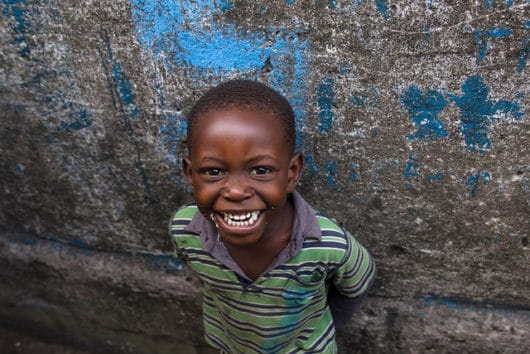Top 10 Facts About Living Conditions in Liberia

The Republic of Liberia is one of the poorest countries in the world, partly because of the 14-year long civil war that ended in 1997, which has continued to impact its population of 4.9 million people.
These top 10 facts about living conditions in Liberia portray what life is like for Liberians.
Top 10 Facts About Living Conditions in Liberia
- Poverty
Half of Liberians live in abject poverty which means they are severely deprived of basic needs like food, clean water, shelter, sanitation and health care access. - Corruption
The 14-year civil war in Liberia caused a breakdown in law enforcement which has disproportionately affected the poor. However, in more recent years, there has been an increase in the number of professional arrests as well as a decline in reports of torture and mistreatment in detention centers. These improvements are in part due to the United Nations Mission in Liberia initiatives on law enforcement monitoring and training. - Literacy Rates
A recent report shows that roughly 64.7 percent of Liberians are literate, compared to 10 years ago when only 42 percent of the population could read and write. Though the literacy rate has increased, the gender gap continues to highlight the lack of educational opportunities for women. While 77 percent of Liberian men can read and write, only 54 percent of women are literate. - Ebola
Ebola virus disease, which is transmitted to people from animals and human-to-human, has killed more than 11,000 Liberians. Though the country was declared Ebola-free in 2015, two people died of the disease a few weeks after the announcement. The outbreak has impacted crop production, income levels and food security as well. Poor living conditions, like access to clean water and adequate medical facilities, have also exacerbated the impact of this deadly virus. In 2018, the WHO reported that two out of a group of 16 people that received an experimental drug for the Ebola virus have recovered. This is a big step in the eradication of Ebola in Liberia.In 2017, Liberia experienced a deadly outbreak of meningococcal disease but this was contained within weeks with help from the Centers for Disease Control and Prevention. - HIV/AIDS
HIV/AIDS has also negatively affected the country. In 2016 alone, Liberia had 2,900 new HIV/AIDS infections added to the already 43,000 people living with the disease. And of the 43,000, only 19 percent were able to access antiretroviral treatment. The following year, the Liberia National Policy on Condoms was created to prevent the spread of HIV/AIDS, as well as to increase awareness regarding safe sex practices. - Clean Water Access
Following the most recent Ebola outbreak, nonprofits such as Water Aid and Waves for Water campaigned to improve clean water access in Liberia. Today, two-thirds of Liberians have access to clean water sources. However, there is still work to be done as 3.7 million people still do not have a decent toilet. - Food Supply
Years after the war, 80 percent of Liberians continue to experience food insecurity. Though the country has a vast amount of farming land and plenty of natural resources, the war has had a lasting impact on productive assets. An increase in food prices also causes a threat to food supply. As a result of increased food prices, many have changed their diet and now eat less protein and vegetables. Not surprisingly this has led to higher rates of malnutrition especially among children under the age of five. - Child Labor
Poor living conditions in Liberian has forced many families to send their children to work instead of school. As of 2018, 21 percent of children are engaged in child labor. Organizations such as the Liberia National Police’s Women and Children Protection Section lack resources to enforce laws against child labor and many children continue to be forced to work in dangerous environments such as the production of rubber and mining. - Road Infrastructure
The President of Liberia promised the government would not get worse under his leadership. In doing so, he has become committed to the country’s development, especially as it relates to improving feeder roads. The President has noted that the development and growth from road connectivity will not only be safer but will also help to support economic activities as well. - Slum Upgrading Unit
The growing population of Liberia is creating a housing shortage, with many living in inadequate housing structures. To combat this issue, the government has begun a “pro-poor national agenda” that has resulted in the establishment of a Slum Upgrading Unit with Habitat for Humanity. This program supports slums and unsafe communities that constitute 70 percent of housing in the town of Monrovia. It also aims to facilitate the supplying of basic services and infrastructure.
These top 10 facts about living conditions in Liberia showcase progress in areas such as clean water access and addressing the Ebola virus. However, there remain areas for improvement as it relates to food security and health care.
– Andrea Rodriguez
Photo: Flickr
